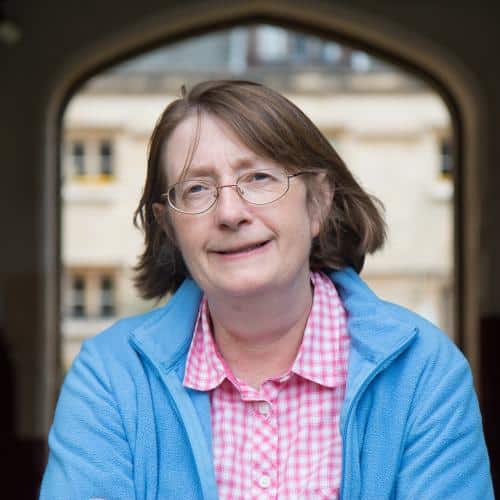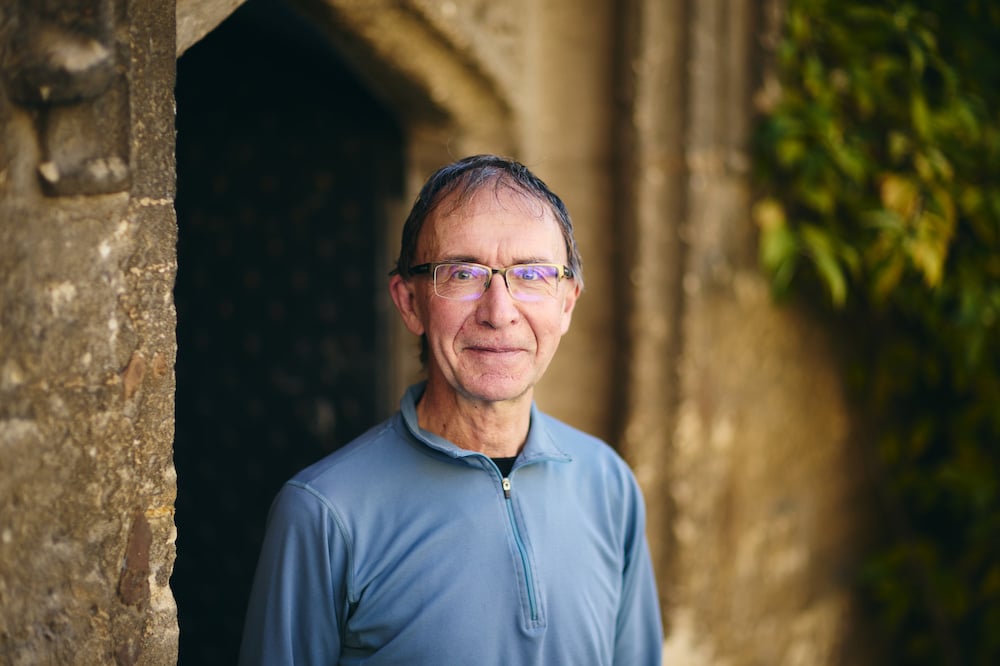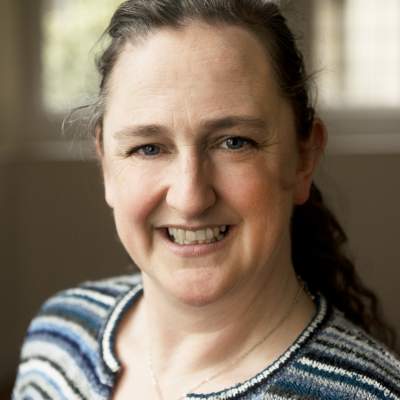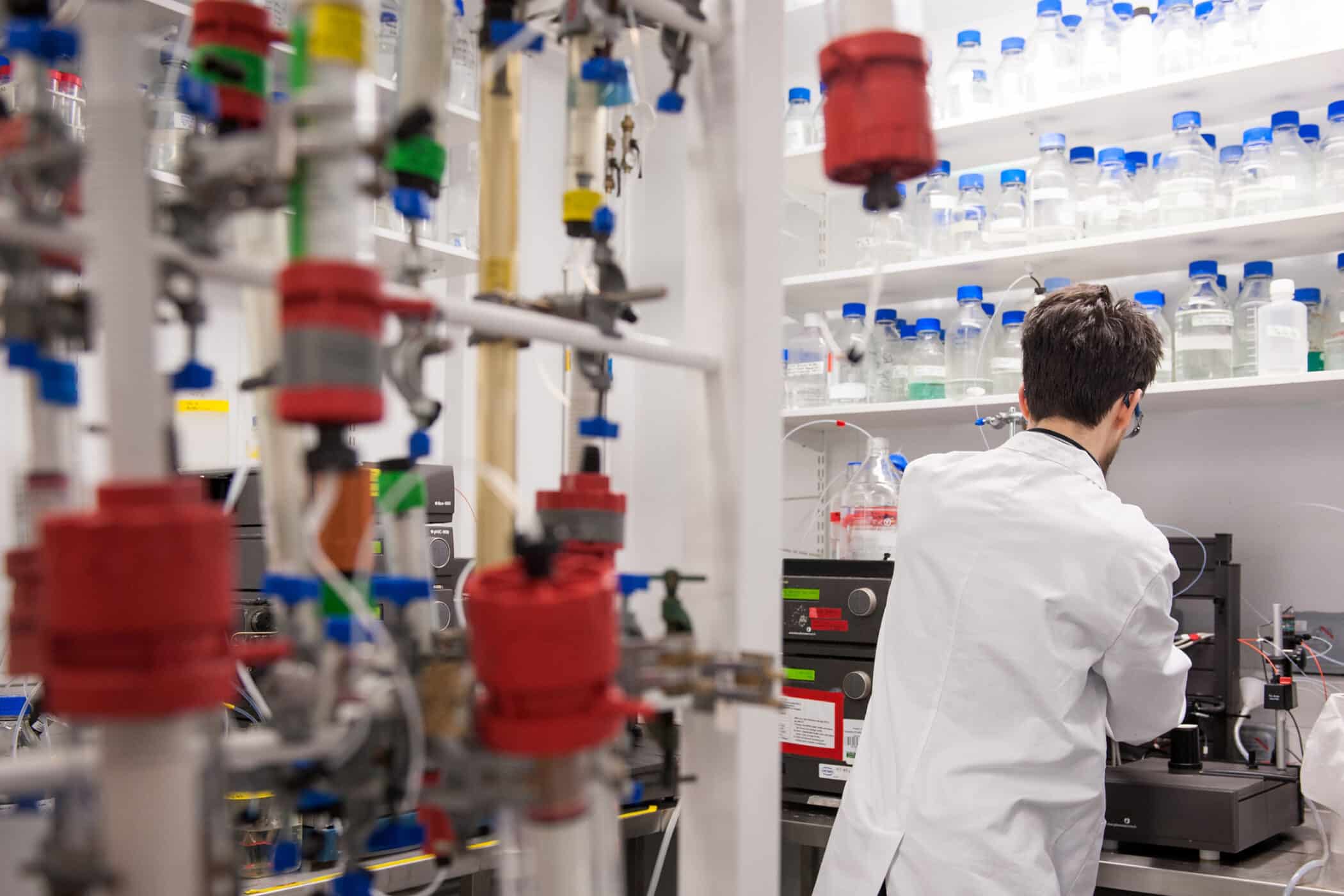Course overview
MChem Chemistry
Typical intake: 6
The Oxford Chemistry course extends from the borders of atomic and molecular physics on the one hand to the biological sciences on the other.
The teaching of Chemistry in Worcester is intended to develop both enjoyment and critical understanding of the subject, and is by a combination of tutorials and classes which are closely related to the University lectures and practical classes. All chemists are tutored in the three main branches of the subject, organic, inorganic and physical chemistry, together with the necessary mathematics. The College encourages the development of specialised interests by the study of Supplementary Subjects in the second, third or fourth year; all students have a free choice of research topic in the fourth year.
Professor Ritchie’s (physical chemistry) research focuses on the application of laser-based spectroscopic techniques to a variety of fundamental and applied problems in the areas of gas phase reaction dynamics, plasma chemistry and medical diagnostics. Professor McCulloch’s (organic chemistry) research concerns the use of new organic semiconducting materials in fields such as photovoltaics, electronics, biosensors and solar fuels. Professor Chippindale (inorganic chemistry) uses X-ray crystallography to study the relationship between the solid state structures of inorganic compounds and their properties.
Tutors

John and Patricia Danby Fellow & Tutor in Chemistry
Professor Grant Ritchie

Fellow & Tutor in Chemistry
Professor Iain McCulloch

College Lecturer in Inorganic Chemistry
Professor Ann Chippindale

College Lecturer in Chemistry
Dr Martin Galpin

College Lecturer in Chemistry
Tim Groves

College Lecturer in Inorganic Chemistry
Dr Simon Hibble

College Lecturer in Chemistry & Mathematics
Dr Max Marcus

College Lecturer in Organic Chemistry
Dr Rachel Quarrell
Applying
The College normally admits 6 students each year to read Chemistry at Worcester. In order to cope with the requirements of the course, candidates are required to have Chemistry and Mathematics to A-level, Advanced Higher, or Higher Level in the IB or any other equivalent. In IB Mathematics,7 at SL is also acceptable. Another science or Further Mathematics are recommended.












